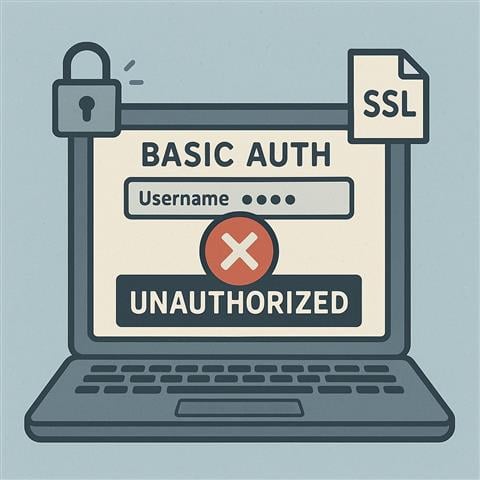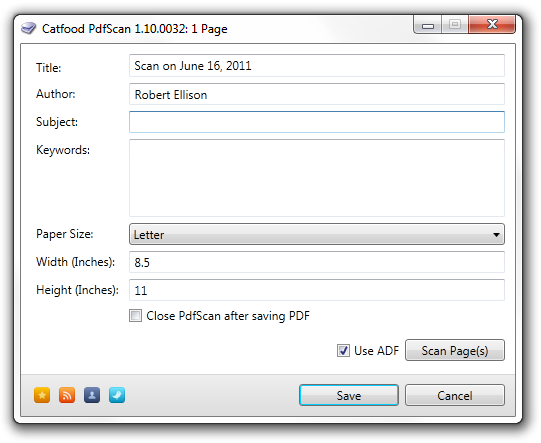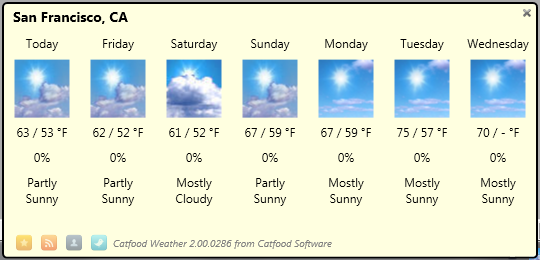Klout is building PageRank for people. You get a score between 0-100 based on how large your social graph is and how much you influence it. They also have a simple API and have been kind enough to let me use it as part of Follower so I’ve just released Follower 1.40 with Klout integration.
Follower automates the chore of following new friends on Twitter. It also somewhat automates removing traitors who don’t follow you back – as much as Twitter would let me get away with. One problem with following promiscuously is that you do end up following a lot of spammy and scammy accounts. Adding Klout helps with this as you can now say ‘follow everyone who follows me as long as their Klout score is higher than 15’. This keeps some of the riff raff out. And if a follower’s score rises above the threshold then they’ll be admitted into the club.
You can also use Klout to weed out existing follows with a low Klout. In this mode anyone below a configurable score will be added to the remove list even if they are following you back.
The only snag I hit with API is that while you can lookup a user by Twitter ID the ID isn’t returned in the response. If you query multiple IDs at a time you don’t always get a full set of results so without the ID you can’t reliably tell which result is associated with each ID. For this reason I’m only looking up one score at a time. Twitter has nice bulk methods to grab IDs for up to 5,000 friends or followers, it would nice if Klout could match this or at least fix the ID issue. This is a small problem though and having an automated way of detecting the quality of Twitter accounts is a great addition to Follower. If you use Twitter check it out.
Add your comment...
Related Posts
(All Code Posts)





